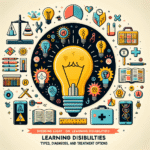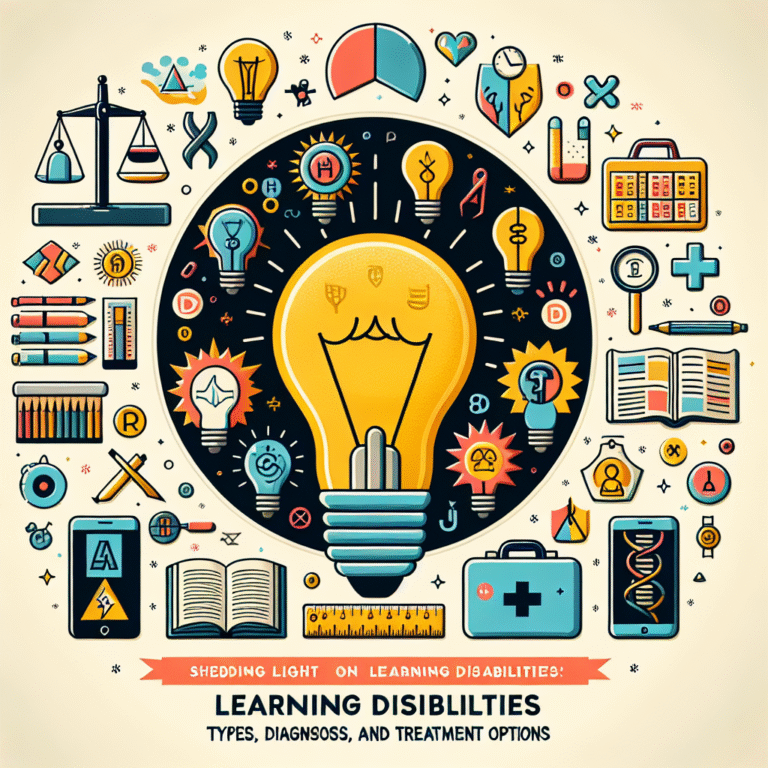
Harmony Over Havoc: Mastering Conflict Resolution in Relationships
Introduction
In any relationship, be it with a romantic partner, a friend, or a co-worker, conflict is inevitable. But rather than viewing conflict as a destructive force, we can harness it as a catalyst for growth and deeper connections. "Harmony Over Havoc: Mastering Conflict Resolution in Relationships" captures the essence of transforming conflict into cooperation, enabling relationships to flourish amidst challenges. This article delves into the science and art of conflict resolution, providing practical tools, strategies, and real-world examples to help you navigate disagreements with grace and understanding.
Understanding the Nature of Conflict
Conflict arises from differences in values, beliefs, goals, and desires. It is often fueled by poor communication, misunderstandings, and an inability to see another’s perspective. To truly master conflict resolution in relationships, we must first understand the nature of conflict itself.
Types of Conflict
- Intrapersonal Conflict: This occurs within an individual, often resulting from internal struggles regarding decisions or feelings.
- Interpersonal Conflict: This is the most common and arises between two or more individuals, often involving differing opinions or misunderstandings.
- Group Conflict: This encompasses larger bodies of people, like teams or organizations, where interests clash.
Understanding these types allows individuals to approach conflict strategically, recognizing that the pathway to harmony begins with awareness.
The Importance of Mastering Conflict Resolution
Harnessing "Harmony Over Havoc: Mastering Conflict Resolution in Relationships" is crucial for several reasons:
- Enhances Communication: Open dialogue fosters trust and understanding, which are essential for any successful relationship.
- Encourages Growth: Navigating conflict can lead to a stronger bond and personal growth.
- Prevents Escalation: Addressing issues early on helps prevent resentment and deeper misunderstandings.
Case Study: The Power of Communication
Situation: Sarah and John, a couple, often found themselves arguing over financial decisions. Sarah preferred saving for a house, while John wanted to invest in travel.
Resolution: They decided to hold weekly meetings to discuss their finances openly. By employing active listening techniques and setting aside dedicated time for these discussions, they learned about each other’s motivations and desires.
Analysis: This case exemplifies how proactive communication can transform conflict into collaboration. By embracing "Harmony Over Havoc: Mastering Conflict Resolution in Relationships," Sara and John built a foundation of understanding, enhancing their emotional connection.
Essential Strategies for Conflict Resolution
Mastering conflict resolution entails a toolkit of strategic approaches. Below are some tried and tested strategies to effectively manage disputes.
1. Promote Open Dialogue
Fostering an environment where both parties feel safe to express their thoughts is fundamental. Openness encourages transparency and helps defuse tension. Techniques like "I" statements can be very effective here. For example, saying "I feel frustrated when you…" is less confrontational than "You always…"
2. Actively Listen
Listening is just as critical as speaking. By truly listening, you showcase respect and concern for the other person’s feelings. Make it a habit to repeat back what you hear to ensure understanding.
3. Seek Common Ground
Finding shared values or goals can help bridge differences. In conflict, focusing on commonalities rather than differences creates a sense of unity.
4. Stay Calm and Collected
Emotions can run high during a disagreement. Practicing self-regulation techniques, such as deep breathing or taking breaks, can significantly improve your ability to respond rather than react.
5. Agree to Disagree
Sometimes, maintaining harmony means accepting varying opinions. Agreeing to disagree can preserve respect and allow for the continuance of the relationship.
Case Study: The Workplace Conflict
Situation: At a marketing agency, two team members had differing views on a campaign strategy. Emily was focused on creativity, while Mark emphasized data-driven decisions.
Resolution: Their manager facilitated a team brainstorming session, encouraging both to present their perspectives. They collaborated on a blended strategy that incorporated creative insights informed by market data.
Analysis: This example demonstrates how the workplace can benefit from "Harmony Over Havoc: Mastering Conflict Resolution in Relationships." By fostering a collaborative environment, the team not only resolved their conflict but also produced a more effective marketing campaign.
Tools for Effective Conflict Resolution
The application of specific tools can aid in easing conflict and ensuring that conversations remain productive.
Conflict Resolution Framework: Use models like Thomas-Kilmann’s Conflict Mode Instrument to identify personal conflict styles and adapt appropriately.
Mediation Techniques: Introduce neutral third parties if needed to help navigate particularly contentious issues.
Workshops and Training: Participate in conflict resolution workshops to build collective skills within a relationship or organization.
- Feedback Mechanisms: Regular check-ins can preempt potential conflicts, creating opportunities for continuous improvement.
Table: Conflict Resolution Strategies Overview
| Strategy | Description | Benefits |
|---|---|---|
| Open Dialogue | Foster an environment where both parties can express thoughts and feelings | Builds trust, facilitates understanding |
| Active Listening | Truly engage in what the other person is saying | Enhances mutual respect |
| Common Ground | Focus on shared interests or values | Creates unity, reduces divide |
| Calmness | Use techniques to maintain emotional regulation | Reduces escalation of conflict |
| Agree to Disagree | Accept differing opinions | Preserves respect |
Emotional Intelligence: The Secret Ingredient
Emotional intelligence (EI) plays a significant role in mastering conflict resolution. It involves being aware of and regulating one’s emotions while also recognizing and understanding the emotions of others.
Key Components of Emotional Intelligence
- Self-Awareness: Understanding your emotions and how they affect your behavior during conflict.
- Self-Regulation: The ability to control impulsive feelings and behaviors, maintaining a level head in tense situations.
- Empathy: The capacity to put yourself in another’s shoes and perceive their emotions.
- Social Skills: The ability to build rapport and maintain relationships despite disagreements.
Case Study: The Power of Emotional Intelligence
Situation: During a family reunion, two siblings found themselves arguing over the care of their aging parents. The discussion quickly escalated due to buried emotional resentment.
Resolution: Utilizing emotional intelligence, one sibling took a step back, employing self-awareness and empathy to anticipate the emotional triggers of the other. They reframed the conversation to focus on shared love for their parents, allowing for a more constructive dialogue.
Analysis: This highlights how "Harmony Over Havoc: Mastering Conflict Resolution in Relationships" can be greatly enhanced through emotional intelligence. By effectively managing their emotions and responding empathetically, they navigated a potentially explosive conflict gracefully.
When Conflict Resolution Fails
Despite best efforts, some conflicts may remain unresolved. It’s essential to recognize when to take a step back. Signs that conflict resolution efforts are not working can include:
- Continuous circular arguments without progress.
- Heightened emotions that do not lessen over time.
- Feelings of disrespect or dismissal.
Strategies for Moving Forward
- Take a Break: Allow time for emotions to cool before re-engagement.
- Seek Professional Help: When necessary, engage with therapists or mediators who specialize in conflict resolution.
- Reassess the Relationship: Sometimes, it may be valid to consider whether the relationship is healthy for both parties.
Conclusion
In navigating the complexities of relationships, the principle of "Harmony Over Havoc: Mastering Conflict Resolution in Relationships" serves as a guiding light. By fostering open communication, practicing active listening, and embracing emotional intelligence, individuals can transform conflict into an opportunity for growth and connection. Remember, every disagreement can be a stepping stone toward greater understanding and partnership.
FAQs about Conflict Resolution in Relationships
What are effective ways to initiate a difficult conversation?
Initiate with "I feel" statements, and set a positive tone by expressing your desire to understand and resolve the issue together.How can I avoid becoming defensive during conflicts?
Practice self-regulation techniques such as deep breathing or pausing before responding. Focus on listening rather than preparing your defense.Is it possible to resolve conflicts without compromising?
Yes! Look for win-win solutions where both parties’ needs are met. Collaboration can lead to innovative outcomes that satisfy everyone.How do I know when it’s time to seek help from a mediator?
If conflict reaches a stalemate, and emotions escalate beyond control, consider enlisting a neutral third party to facilitate productive dialogue.- Can conflict actually strengthen a relationship?
Absolutely! When approached constructively, conflict can lead to deeper understanding, improved communication, and stronger bonds.
In summary, mastering conflict resolution is essential for maintaining healthy relationships. By prioritizing harmony over havoc, we can foster environments where love and respect thrive, even amidst disagreements.














